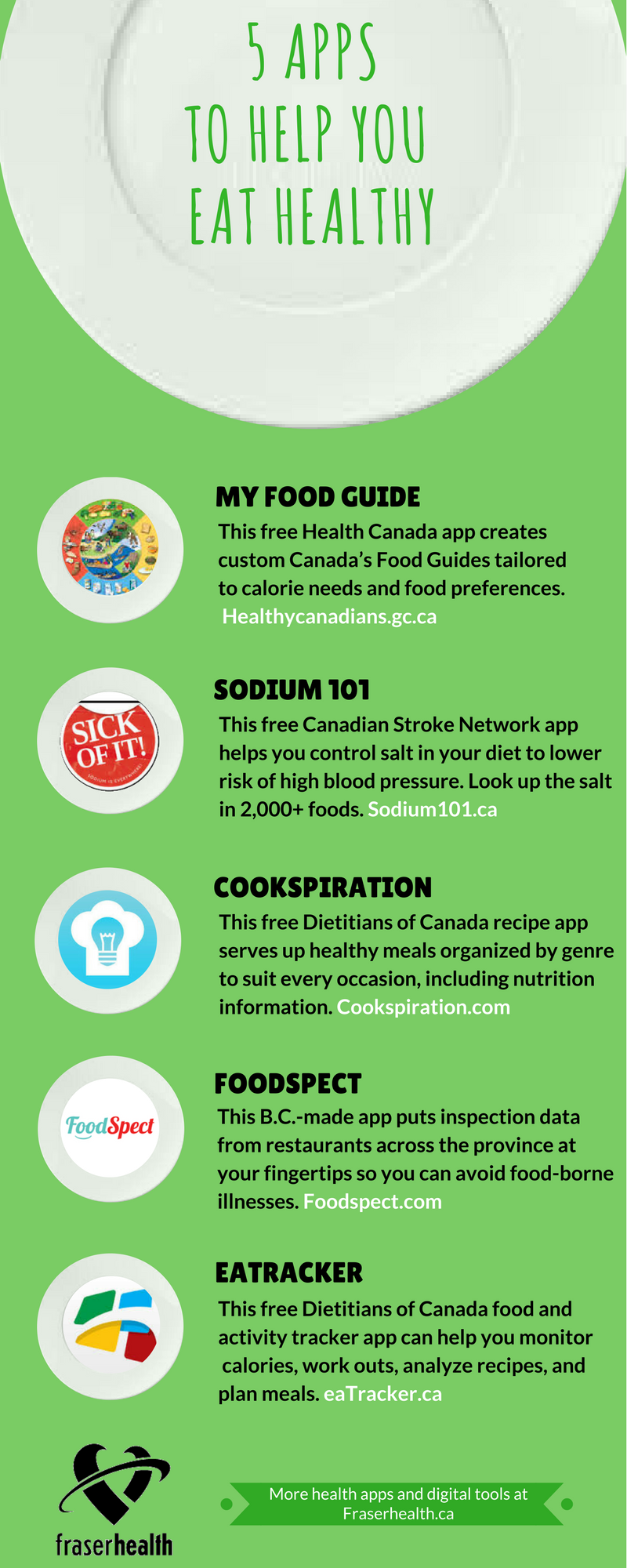
Stress eating may feel good in the moment, but in the long run it won’t help.
It’s three o’clock on a Friday afternoon. You’re sitting at your desk staring at the clock hoping time will slow down so you can meet your five o’clock deadline. All of a sudden a pang of nervousness takes over your body. Your head starts pounding, your stomach starts churning and your energy levels drop. There is only one food that can help manage this feeling. You open your drawer and pull out that secret stash of chocolate. Yes, chocolate. It’s one of the foods that you – and many of us – use to help deal with the physical symptoms of stress.
Stress eating may feel good in the moment, but in the long run it won’t help. In today’s busy world, when we’re expected to balance work life and household responsibilities, live a healthy lifestyle and manage other life challenges, it’s not surprising we become overwhelmed, worried and stressed. It’s also not uncommon for individuals to use food as comfort. The problem arises when food is no longer viewed as a nutritious substance required by the body to sustain life, but as a coping mechanism to deal with uncomfortable emotions and unmet needs associated with stress.
There are psychological and physiological reasons why many of us don’t reach for nutritious foods when we are stressed, but crave high-fat, high-calorie food such as chocolate, cookies and ice cream. One of the main reasons is there is an increased release of cortisol, which is one of the primary hormones responsible for causing a heightened appetite during stress. Cortisol, along with other hormones, is responsible for an increased desire for sweet and salty foods, and is involved in undesired stress-induced weight gain.
So now that you understand some of the biological reasons behind your afternoon stress-induced chocolate craving, what can you do to break the stress-eating cycle? While individual triggers may be different, everyone can apply a three-step approach to develop healthier eating habits associated with stress.
Step 1 - Spot the problem
To allow for change in the stress-eating response, you need to identify the real reason behind the need to use food to satisfy the unmet need or feeling. Ask yourself questions such as “How do I feel? What is it that I really need? How can I overcome this feeling without food?”
Step 2 - Get the facts
Once the problem or feeling is identified, the next step is to determine the plan of action to overcome the issue. Credible sources, such as your doctor or registered dietitian, can help provide you with effective ways to manage stress-eating habits. Some strategies I recommend to clients include:
- Engage in mindful eating to allow for the body-brain connection. Use your five senses to become fully aware of what and how much food you are consuming.
- Don’t skip meals. Consuming three or more smaller, well-balanced meals helps with blood sugar control and lowers the chance of choosing high-fat, high-calorie convenience foods.
- Include tried and tested superfoods in your diet to keep you full (e.g. whole grains, leafy green vegetables, berries, legumes, fish and nuts).
- Make healthier food options accessible and available at all times.
- Drink adequate amounts of fluid (9-12 cups daily) with water being the primary source.
- Limit coffee to 2-3 cups daily (400 mg of caffeine per day). Excessive caffeine intake can interrupt sleep, which increases levels of cortisol.
- Get enough shut-eye. Insufficient sleep can impact appetite-regulating hormones, which may influence dietary choices.
- Engage in non-food related activities to help lower stress (going for a walk, exercising, meditation, listening to music, taking a nap, reading, socializing with friends).
- Be kind to yourself. There is a reason behind the stress that is causing emotional eating.
Step 3 - Seek support
It’s easy to obtain information on stress eating, but it’s harder to change without adequate support. If you need help managing stress or stress eating, connect with a health care professional. Registered dietitians, for instance, are coaches that are equipped with the knowledge and skills to help people become more aware of emotional and physical responses to food.
For many individuals – including many dietitians – an apple or handful of nuts may not fulfill the desire for a cookie. However, you can satisfy your cravings without deprivation or guilt through mindful eating and choosing healthier versions of foods that trigger stress eating. Why not try out my healthier version of chocolate chip cookies below and take the fight out of food.
Choco-Banana Flaxseed Cookies
Ingredients
- 2 medium bananas, ripe
- 1 tbsp vanilla, pure
- 2 tsp cinnamon, ground
- 1 c oats, rolled
- ½ c flaxseed, ground
- ¼ c almonds, slivered
- 1/8 tsp salt
- ½ c 70% dark chocolate chunks
Preheat oven to 350°F. Line two baking trays with parchment paper and set aside.
In a mixing bowl mash the bananas with a fork. Once the mixture is relatively smooth, add the vanilla, cinnamon, oats, flaxseed, almonds and salt. Mix well. Add the chocolate chips and continue to mix.
Using your hands mold the cookie mixture into 12 equal sized balls and place 6 on each baking sheet. Press down lightly on each cookie.
Bake cookies for approximately 15 minutes. Let the cookies cool for about 10 minutes before eating. Enjoy!
Nutrition Facts (per one serving)
Calories: 120 kcals
Protein: 3 grams
Carbohydrate: 12 grams
Fibre: 3.5 grams
Fat: 6 grams (approximately 1.5 grams saturated fat)

.png?h=400&iar=0&w=400&hash=16385DA473C588630E4ABA566C165DE0)
